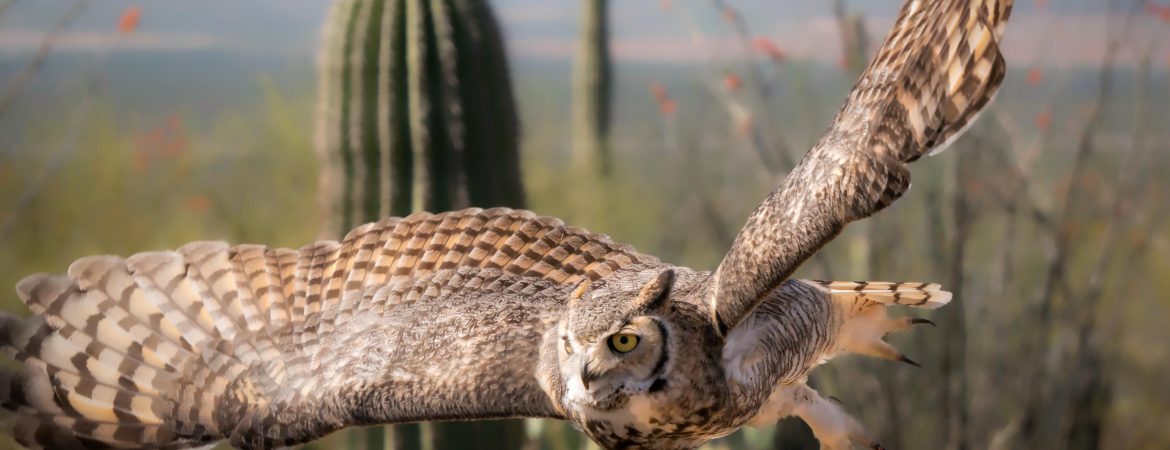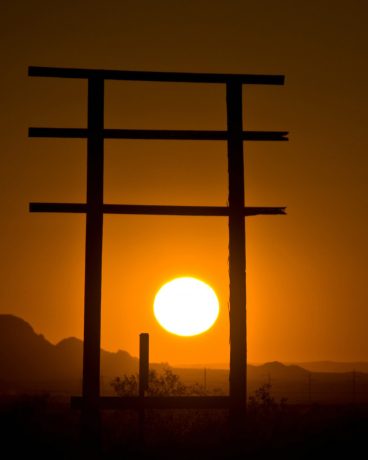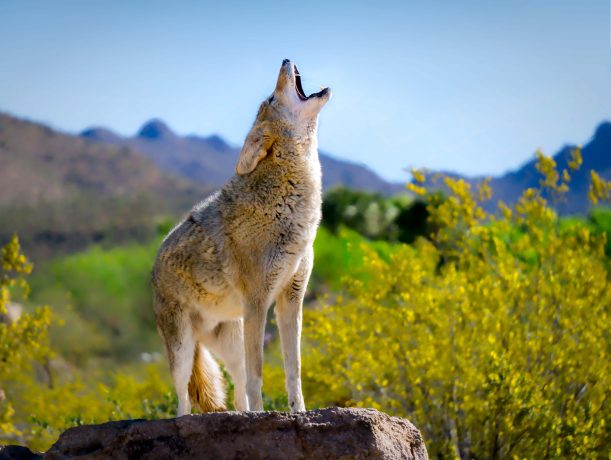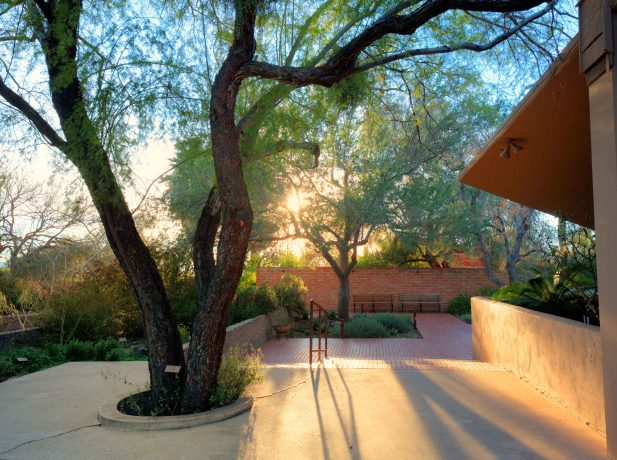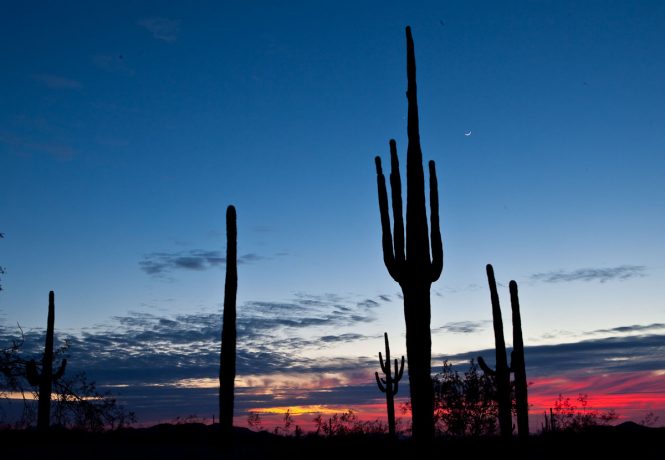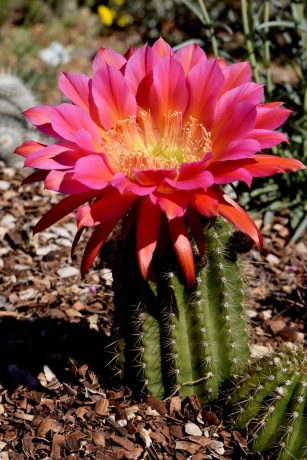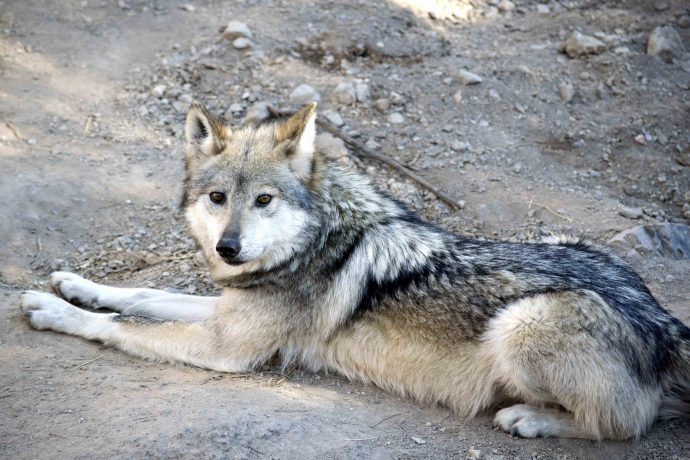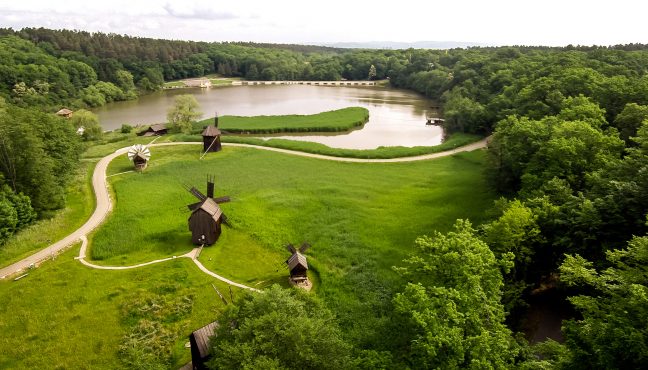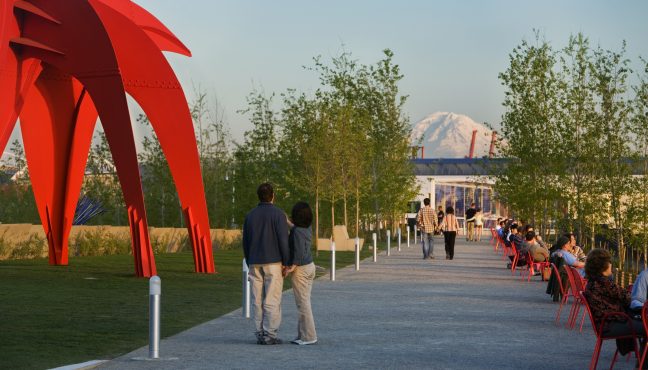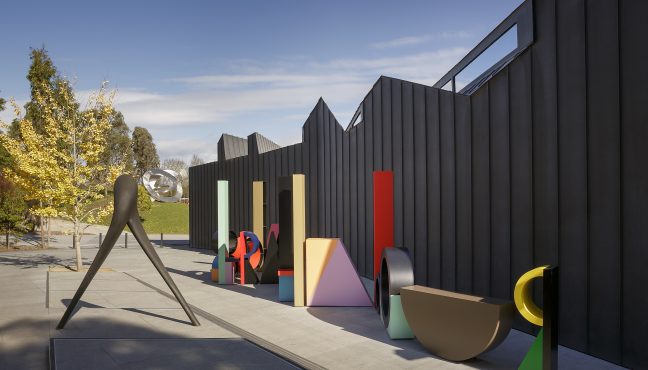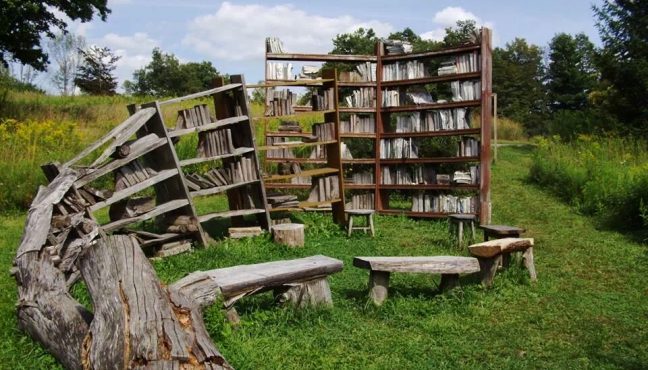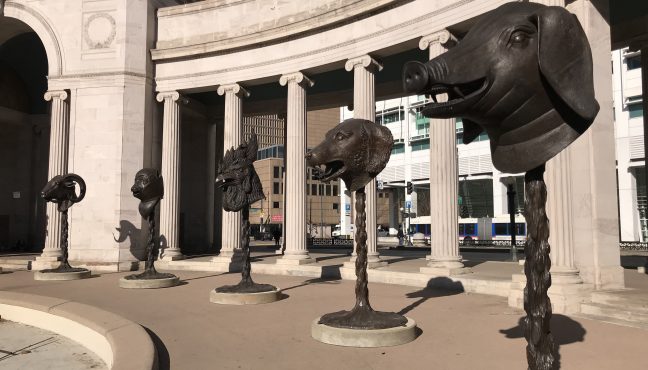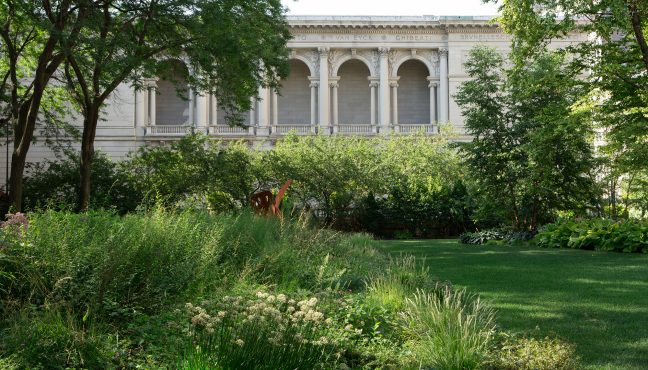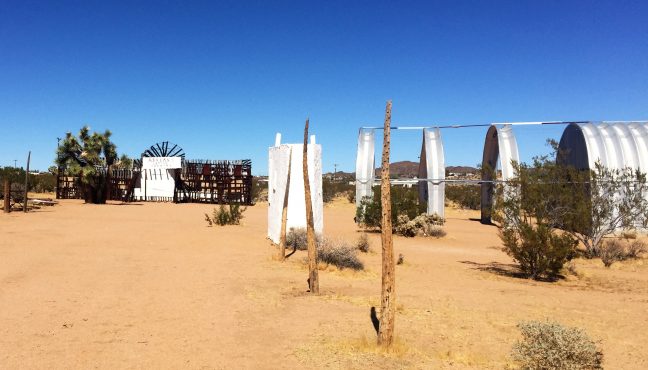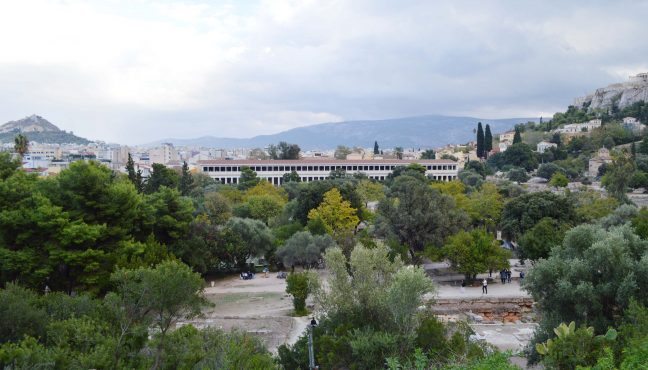The Arizona-Sonora Desert museum is a hybrid of a national park, a zoo and an art gallery. If you've travelled in Arizona or California, you might have a better idea of how stunning and unique these regions are. The Sonoran desert spans through southern Arizona, California and Mexico. It is also believed to be the hottest desert in Mexico. However, we know very little about it, its history and ecology. The information is not so easy to find and it mostly comes from travel guides or travel blogs. This is why the Arizona-Sonora Desert museum stands out.
We struggled to label this museum. Is it a museum of ethnology? A national park? Or both?
Craig Ivanyi, the Director of Arizona-Sonora Desert museum, shared some insights about this unique space.
“The Desert Museum is unique and difficult to describe within the confines of traditional labels. Essentially it is a multifaceted, regionally-focused botanical garden, natural history and cultural museum, zoo, aquarium, art education and research institute, into a biopark that is immersed in the region it represents,” – explains Craig Ivanyi.
“Our founder, William Carr, sought to give the Sonoran Desert a voice so that people would value and properly steward this incredible region – that's what the Museum was founded on and has sought to achieve ever since,” – continues Craig.
The museum has a profound educational mission. Apart from presenting the treasure of nature and giving visitors the opportunity to explore the Sonoran desert region, Arizona-Sonora Desert museum developed a fascinating educational program.
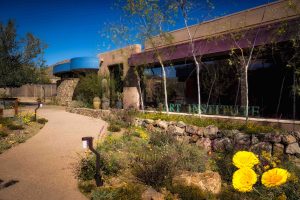
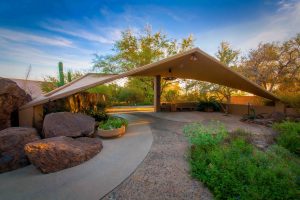
“Certainly the Museum has been deeply engaged in science and research projects that have informed us about and helped protect the Sonoran Desert Region. But, equally important is how it works to get this information out to our visitors and the public at large. I think one of the amazing things about the museum is how it meets its mission by doing translational work aimed at not only gathering new knowledge, but making it accessible to a variety of audiences through traditional academic (peer-reviewed) papers, publications aimed at the general populace (many of which were published by our own press), science-based exhibits and public programs.”
“Over 60% of our 355,000+ visitors/year come from outside the Tucson area, while most of our 19,000+ member households live in the Tucson area. Tucson is a tourist destination and highly seasonal relative to population. During the busy cooler months (November through April) we have lost of tourists and part-time residents, who visit, many of which spend the rest of their time in the Midwestern and northeastern U.S. and Canada. During the summer, most of our visitors are local, but we see an influx of visitors from Europe & Asia.”
What to expect and how to get ready for the visit? We suggest visiting the museum either in the Fall or Winter – this is a desert after all! The museum is perfect for kids. We can guarantee they will have a great time in the museum’s zoo observing hummingbirds, deer and wolves.
“Visitors should expect something relatively unique – a top 10 museum, top 10 zoo, top 10 garden, that has been a cutting-edge industry leader ever since it's inception. Visitors will find an extremely rich experience presented mostly outdoors, in a natural setting that will blow your mind if you're not familiar with this lush and most biodiverse desert on the planet! Make sure you wear comfortable shoes and clothing, bring a hat, wear sunscreen, and allow at least 2.5 hours to get a good feel for this incredible place. If you want to see everything, clear your calendar for the whole day!”
